Photo: Kyodo
The device is located right at the city hall headquarters. On the screen is a female AI character who can chat directly with citizens, guide them to the right department or help fill out forms.
When people scan their driver's license or My Number identification card, the system automatically enters personal information such as full name and address into the application form, saving time on manual filling.
The Ichinoseki City Government said that because administrative staff are often overloaded and have difficulty fully meeting the needs of residents, the city government decided to use equipment from EasyDialog GK, a Yokohama-based company specializing in developing AI chatbots.
Ichinoseki City aims to "AI-ize" all of its counters that deal directly with residents, but it may face many difficulties because many elderly people are not familiar with digital technology .
"Just as self-checkout kiosks have become popular in everyday life, we will work to gradually familiarize people with AI kiosks and expand their use," said Masaharu Sugawara, who is in charge of digitalizing administrative work in Ichinoseki City.
According to EasyDialog, the AI-integrated device installed at the city hall connects directly to Ichinoseki's knowledge database, which includes more than 7,000 websites, to be able to give accurate responses.
The system is described as a “completely integrated solution” that not only provides information but also performs practical tasks, from facial recognition, scanning identification documents to automated form processing.
Japan: The problem of aging population and expectations of AI
Japan faces a demographic challenge, with nearly a third of its population aged 65 or older, compared to just 15% in China. With a shrinking workforce, the country has high hopes for AI.
AI education in Japan is guided by the “AI Strategy 2022,” a comprehensive document issued by the Japanese Cabinet that emphasizes educational reform to enhance skills in mathematics, data science, and AI.
Accordingly, AI is included in compulsory subjects from elementary to high school. Japanese students are exposed to basic knowledge about AI, which helps to stimulate interest early. At the elementary level, the program focuses on introducing the basics of AI, such as how AI works and simple applications, through practical activities such as programming robots or using data software. In middle and high school, the content is more advanced, including programming, machine learning and AI applications in daily life.
Guidelines from Japan's Ministry of Education, Culture, Sports, Science and Technology for 2023 emphasize the use of AI for English learning and group activities, while teaching students about the benefits and risks such as personal information leaks or copyright infringement. Students are instructed not to input personal information into AI and to use AI-generated misinformation as fact-checking teaching materials.
Last May, the Japanese Parliament passed the Law on Promotion of Research, Development and Application of AI Technology, identifying AI as the foundation for economic and social growth.
Source: https://baochinhphu.vn/chinh-sach-ai-nhat-ban-dung-nhan-vien-ai-giup-nguoi-dan-lam-thu-tuc-hanh-chinh-102250824122016554.htm



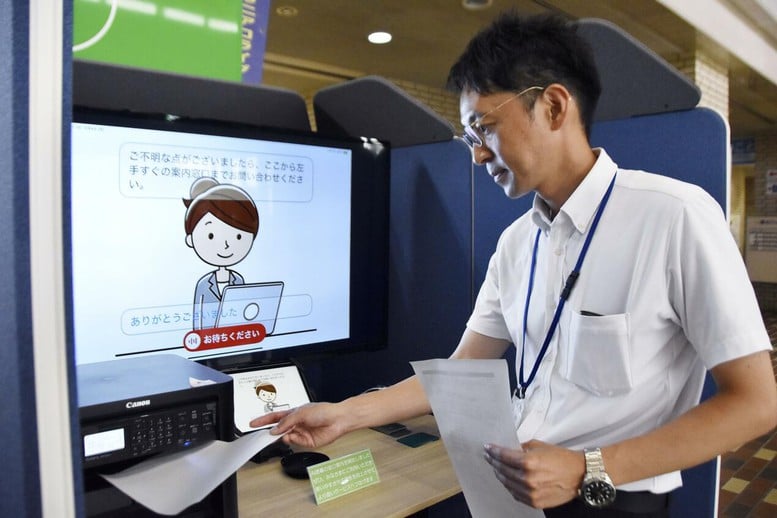

![[Photo] General Secretary To Lam attends the 80th anniversary of Vietnam's diplomacy](https://vphoto.vietnam.vn/thumb/1200x675/vietnam/resource/IMAGE/2025/8/25/3dc715efdbf74937b6fe8072bac5cb30)











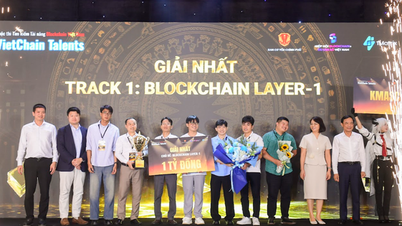









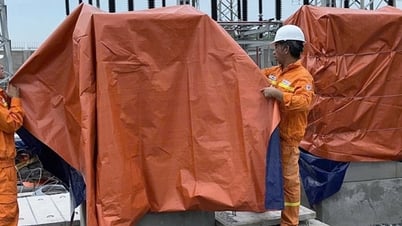





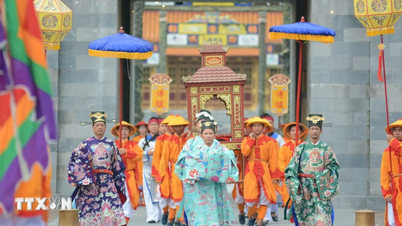









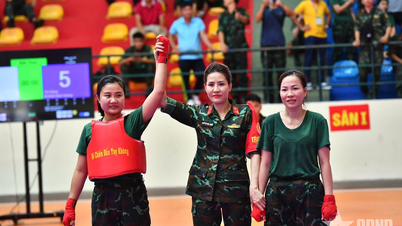













![[E-Magazine] Petrovietnam – Strong steps to realize the “Epochal Transformation”](https://vphoto.vietnam.vn/thumb/402x226/vietnam/resource/IMAGE/2025/8/25/e745baade70f4e1e96f5314f65eac658)





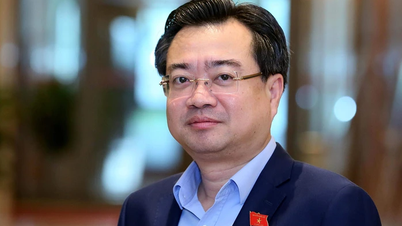
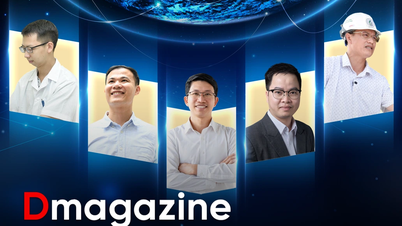






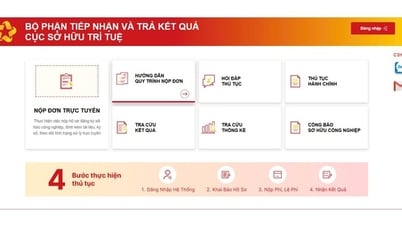



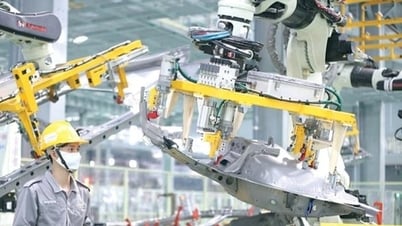



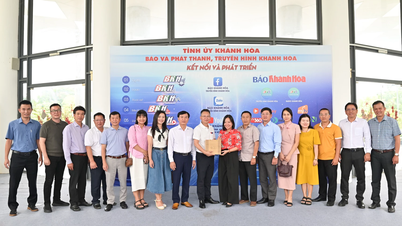





















Comment (0)